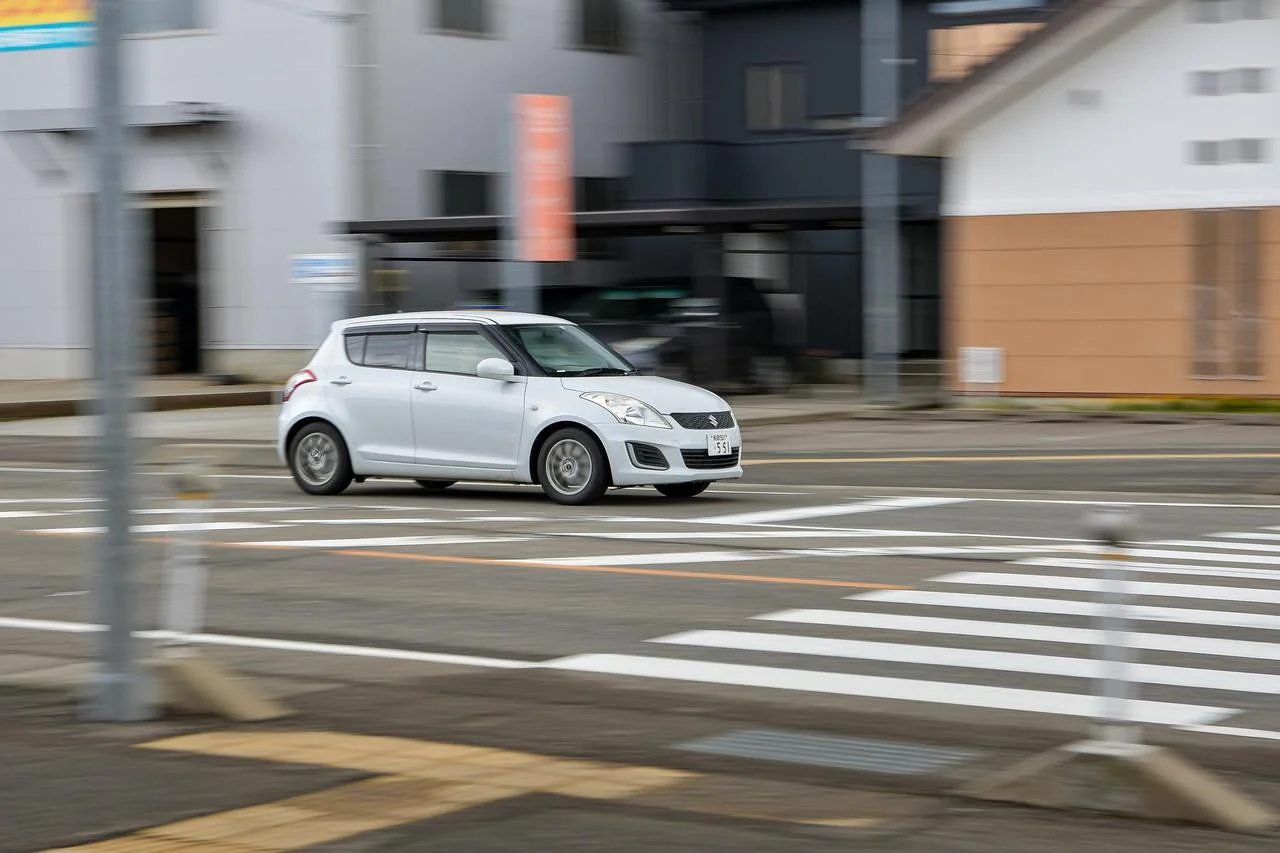How Weather Conditions Impact Car Accidents in South Carolina

Weather conditions play a significant role in the frequency and severity of car accidents in South Carolina. From heavy rainstorms to thick fog and icy roads, adverse weather can create hazardous driving conditions that increase the risk of accidents. Let’s explore how different weather conditions impact car accidents in the Palmetto State:
Heavy Rain
South Carolina experiences frequent rain showers throughout the year, particularly during the spring and summer months. Heavy rain can reduce visibility, create slick road surfaces, and lead to hydroplaning, where vehicles lose traction and skid across the road surface. As a result, car accidents often occur during periods of heavy rain, especially when drivers fail to adjust their speed and follow at a safe distance.
Flooding
South Carolina is prone to flash floods, especially in low-lying areas and regions near rivers and streams. Flooded roadways can be extremely dangerous for drivers, as water depth may be deceiving, and submerged hazards such as debris or washed-out roads may not be visible. Drivers should never attempt to drive through flooded areas, as even shallow water can sweep vehicles off the road and cause accidents.
Fog
Dense fog is a common occurrence in South Carolina, particularly during the cooler months. Fog reduces visibility, making it difficult for drivers to see other vehicles, pedestrians, and road hazards. Accidents often occur when drivers fail to use headlights or drive at excessive speeds in foggy conditions. It’s essential for drivers to reduce their speed, use headlights and fog lights when necessary, and maintain a safe following distance in foggy weather.
Ice and Snow
While South Carolina typically experiences mild winters, icy and snowy conditions can still occur, particularly in the northern regions of the state. Ice and snow can create treacherous driving conditions, leading to slippery roads and reduced traction. Drivers should exercise extreme caution when driving in icy or snowy conditions, reduce their speed, and avoid sudden maneuvers or abrupt braking to prevent skidding and accidents.
Thunderstorms and Lightning
South Carolina is also prone to severe thunderstorms, which can bring heavy rain, strong winds, and lightning. Lightning strikes can damage vehicles, cause power outages, and increase the risk of accidents, particularly if drivers lose control of their vehicles due to strong winds or reduced visibility. It’s crucial for drivers to stay informed about weather conditions and seek shelter if severe weather threatens.
Precautions for Safe Driving
To minimize the risk of accidents during adverse weather conditions, drivers should take several precautions. These include reducing their speed, increasing following distances, using headlights and hazard lights when necessary, and avoiding distractions such as cell phones or loud music. Additionally, drivers should ensure their vehicles are properly maintained, with tires in good condition and windshield wipers that effectively clear rain and debris.
Conclusion
Weather conditions significantly influence car accidents in South Carolina, with heavy rain, flooding, fog, ice, snow, thunderstorms, and lightning all posing unique hazards for drivers. By staying informed about weather forecasts, exercising caution, and following safe driving practices, drivers can reduce the risk of accidents and help keep South Carolina’s roads safe for everyone. If you’ve been injured in a car accident due to adverse weather conditions, seeking legal advice from a qualified attorney can help you understand your rights and pursue compensation for your injuries and losses.